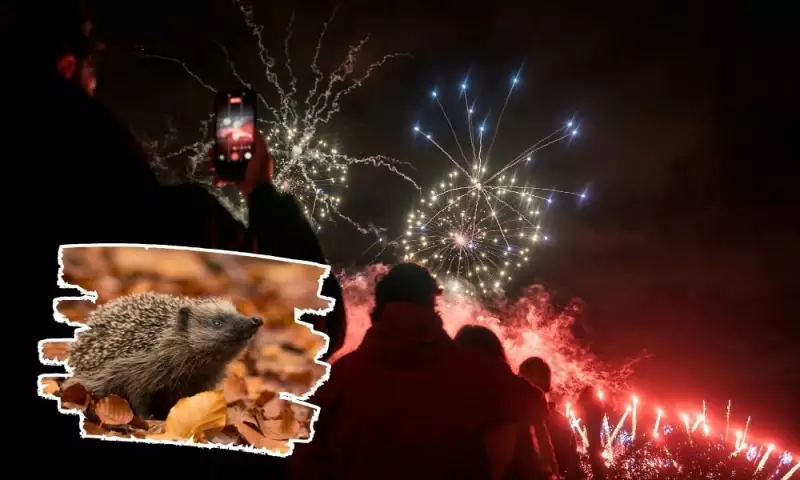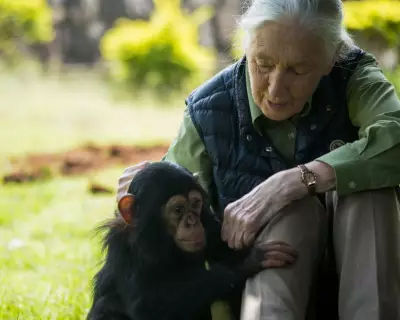
As the crisp November air fills with the crackle of fireworks and the glow of bonfires, millions across Britain prepare to celebrate Guy Fawkes Night. However, behind the spectacular displays lies a growing environmental concern that's worrying conservationists and animal lovers alike.
The hidden impact of traditional celebrations
While we 'ooh' and 'aah' at the colourful explosions overhead, our local wildlife experiences something entirely different. The sudden, loud bangs can terrify animals, disrupt their natural behaviours, and even cause fatal stress responses. From hedgehogs seeking winter shelter in unlit bonfires to birds frightened from their roosts, our celebrations can have unintended consequences.
Three simple changes for a wildlife-friendly Bonfire Night
1. Build your bonfire at the last minute
That carefully constructed bonfire pile makes the perfect winter hotel for hedgehogs, toads, and other small creatures seeking shelter. By building your bonfire on the same day you plan to light it, you dramatically reduce the risk of harming these animals. If you must build in advance, surround the pile with chicken wire and always do a thorough check with torches before lighting.
2. Choose quieter fireworks
The noise is often more disturbing to wildlife than the lights. Opt for low-noise or silent fireworks, which are becoming increasingly available and still provide beautiful visual displays. If these aren't available, consider attending an organised display rather than hosting your own – one large event disturbs wildlife less than numerous smaller ones scattered throughout the neighbourhood.
3. Create safe spaces and clean up thoroughly
After the celebrations, ensure you thoroughly clean up firework debris and bonfire remains. These materials can be toxic if ingested by curious animals. Provide alternative shelter by leaving quiet, undisturbed areas of your garden wild, with piles of leaves or logs where creatures can take refuge from the disturbances.
Balancing tradition with conservation
"We're not asking people to abandon this beloved tradition," explains a local wildlife expert. "But with a few thoughtful adjustments, we can enjoy our celebrations while minimising the impact on the natural world around us. It's about being mindful neighbours to all the creatures who share our gardens and green spaces."
As we remember the events of 1605, let's also remember our responsibility to protect Britain's wildlife. By implementing these simple measures, we can ensure that our celebrations don't come at the expense of the natural world, preserving both tradition and biodiversity for generations to come.





